What are the effects of creatine on body hydration?
Author:
Julio Valero
Published on:
2/4/2025

Creatine supplementation does not influence the relationship between intracellular water and skeletal muscle mass in resistance-trained men.
Creatine is a supplement with scientific support for its positive effects. However, some people avoid its consumption for fear of weight gain due to water retention. How does creatine affect water retention in the body?
Overview
During an eight-week training program, researchers measured changes in body composition and body water of participants who took creatine compared to those who received a placebo.
The creatine group experienced greater changes in body mass, muscle mass, intracellular water, and total body water compared to the other group.
It's true that creatine increases water retention, but this is primarily directed to the muscles, not the rest of the body. So, you don't have to worry about feeling bloated or inflamed.
What's the problem?
Creatine, a naturally occurring amino acid found in the body, is one of the most popular supplements in the sports field. Its effectiveness in improving performance and adaptation to endurance training is supported by numerous scientific studies since its discovery in 1925. Creatine acts as an energy reservoir in muscle cells, facilitating the regeneration of ATP, the main source of energy during high-intensity exercise. In addition to its sporting benefits, creatine also shows therapeutic potential in the treatment of chronic diseases.
Creatine plays a crucial role in muscle energy production. The human body obtains it in two ways: through diet, mainly from red meat and seafood, and through endogenous production in the liver and kidneys. However, diet alone is often not enough to fully saturate muscle creatine stores, especially in people with higher energy demands such as athletes. Creatine supplementation can help increase these levels, resulting in improvements in muscle strength and power. However, it is essential to respect the recommended doses, since excess creatine is not stored and is excreted.
Many people worry about water retention when taking creatine, but it's important to understand that this effect is normal and not necessarily negative. Our muscles are made up primarily of water, and creatine can help increase muscle mass by promoting the entry of water into muscle cells. This water retention can also have a positive impact on protein synthesis. A recent study examined how creatine influences water levels inside and outside of muscle cells, giving us valuable insight into its effects.
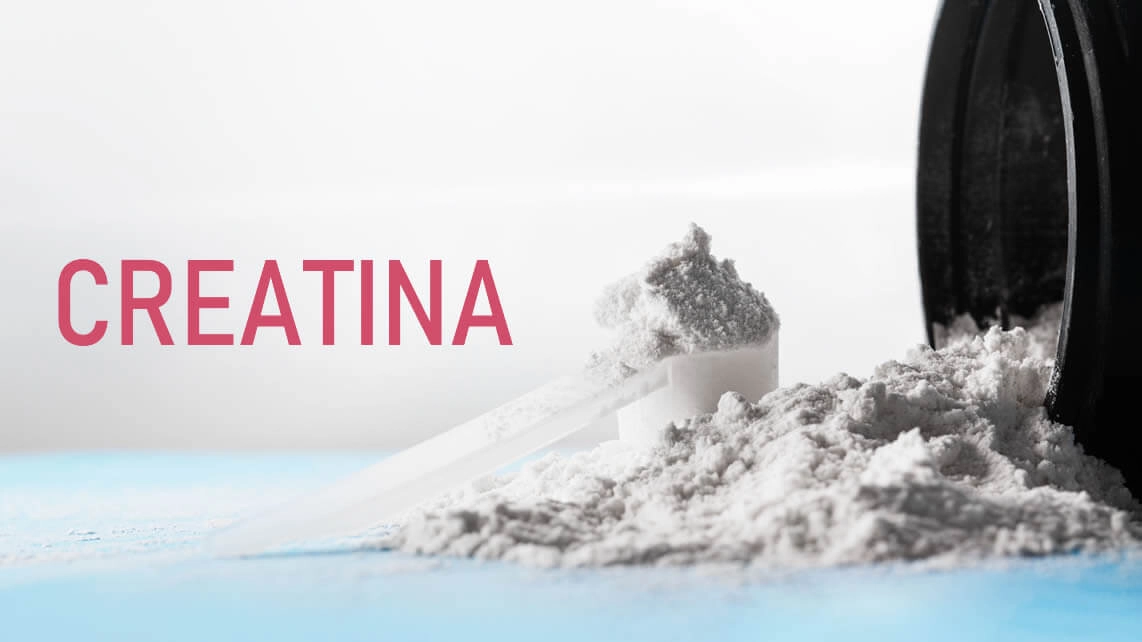
Purpose
Researchers investigated whether creatine supplementation produced greater changes in muscle mass and hydration compared to placebo in men performing the same training program.
Hypothesis
In this study, it was predicted that participants receiving creatine as a supplement would show a greater increase in skeletal muscle mass compared to those receiving a placebo. However, the ratio of intracellular water to skeletal muscle mass was anticipated to remain constant in both groups.
What Did They Test and How?
Participants
Of the 30 male college students recruited, 27 completed the study after 3 participants dropped out.
Study Procedures
A 30-week randomized, double-blind, placebo-controlled trial was conducted to investigate the effects of creatine supplementation on resistance training performance. Participants were assessed at three key time points: weeks 1-2 (baseline), weeks 19-20 (after preconditioning), and weeks 29-30 (after intervention).
The study was divided into three phases:
Phase (Weeks 3-18): All participants performed a resistance training (RT) program to ensure a consistent training baseline prior to the intervention.
Intervention Phase (Weeks 21-28): Participants were randomly assigned to a group that received either a creatine (Cr) supplement or a placebo (Pla) for eight weeks.
Follow-up Phase (Weeks 29-30): Final assessments were conducted to determine the effects of supplementation on performance.
Dietary intake of participants was monitored during the first and last week of the intervention phase. The resistance training program was supervised by research staff and was divided into three eight-week phases, progressing 3 to 4 days per week during the supplementation phase. The program targeted different muscle groups on alternating days and adjusted training loads as needed. All participants were required to complete more than 85% of the total training sessions.
Figure 1 shows a visual summary of the study design.
.jpg?alt=media&token=4b650d89-4c24-4d7a-9183-dd692884cfd4)
Cr = creatine; Pla = placebo; RT = resistance training.
Supplementation protocol
The creatine supplementation protocol consisted of an initial loading phase (5 days with 20 g daily, divided into four doses) followed by a maintenance phase (51 days with 3 g daily, taken during breakfast). The placebo group received maltodextrin with the same dosage and administration method as the creatine group. The supplements were accurately weighed and encapsulated.
Measures
Body fluid composition: Total body water (TBW) was analyzed using bioimpedance spectroscopy (BIS), a cutting-edge technique that accurately determines total body water (TBW) and its distribution between intracellular (IC) and extracellular (EC) compartments. The procedure is simple and painless: electrodes are placed on the patient's wrist and foot, while the patient is lying down, and a mild electric current is applied. The way the body responds to this current reveals valuable information about hydration status and tissue composition.
Body composition: Skeletal muscle mass (SMM) and body fat were determined using whole-body dual-energy X-ray absorptiometry (DEXA). SMM was calculated using the following equation: SMM (kg) = (appendicular lean tissue X 1.19) - 1.65.
What Did They Find?
Characteristics and nutrition of participants
Table 1 shows the characteristics of the participants, with no significant differences between the groups at baseline (p > .05). Nutritional data for the first and last week of training are presented in Table 2. Although there were no significant differences between the groups in nutritional outcomes, both groups significantly increased their energy, protein, and carbohydrate intake during training (p < .05).
Table 1 Participant Characteristics
Variables | Creatine (n = 14) | Placebo (n = 13) | P-value |
Age (years) | 21.8 ± 4.1 | 21.7 ± 4.2 | .99 |
Body Mass (kg) | 70.1 ± 7.4 | 68.0 ± 8.4 | .48 |
Height (cm) | 173.0 ± 4.5 | 175.5 ± 7.3 | .30 |
Body Mass Index (kg/㎡) | 23.3 ± 2.1 | 22.0 ± 2.3 | .13 |
Data are presented as mean ± SD.
Table 2 Nutrition data of participants
Creatine | Placebo | Effects | |||||
Variables | Pre | Post | Pre | Post | Group | Time | Interaction |
Energy (kcal-kg-day) | 28.56±7.3 | 31..25±10.0* | 27.36±8.2 | 35.44±10.1* | .65 | .03 | .27 |
Protein (g-kg-day) | 1.28±0.4 | 1.51±0.6* | 1.22±0.4 | 1.67±0.6* | .79 | .03 | .46 |
Carbohydrates (g-kg-day) | 3.94±1.4 | 4.02±1.5* | 3.88±1.2 | 4.92±1.37* | .48 | .04 | .89 |
Lipid (g-kg-day) | 0.93±0.2 | 1.01±0.3 | 0.93±0.3 | 1.00±0.3 | .38 | .38 | .93 |
Data are presented as mean ± SD. *p < .05 versus pre.
Body Composition
The study investigated the effects of creatine supplementation on body composition (Table 3). Results revealed significant differences between groups, with the creatine group showing superior improvements in several variables. Specifically, notable increases in body mass, skeletal muscle mass (SMM), total body water (TBW), and intracellular water (ICW) were observed in the creatine group compared to the placebo group. While both groups experienced increases in extracellular water (ECW) and percent hydration, these were not significantly different. An interesting finding was the decrease in the ECW/SMM ratio observed only in the creatine group, suggesting a positive impact on muscle water balance. Figure 2 complements these findings by illustrating the percentage changes in SBM, IBW, and SMM, again highlighting the superiority of the creatine group in increases in ECW and IBW (p < .05). Furthermore, the study revealed a strong positive trade-off between changes in MME and AIN (r = .71, P < .001), indicating a relationship between muscle growth and cellular hydration.
Table 3 Body composition changes at pre and post the 8-week intervention
Creatine | Placebo | ||||||
Variables | Pre | Post | Pre | Post | Relative effect size | Relative differences | Interaction p value |
Body mass (kg) | 70.1±7.4 | 72.2±6.9 | 67.9±8.1 | 68.4±8.1 | 0.20 | 2.3 | <.01 |
Appendicular lean soft tissue (kg) | 28.7±2.5 | 30.6±2.6* | 28.3±4.0 | 29.1±4.0* | 0.43 | 4.3 | <.001 |
SMM (kg) | 32.5±2.5 | 34.8±2.6*,** | 32.1±4.0 | 33.0±4.0* | 0.43 | 4.3 |
|
Body fat (%) | 13.8±5.7 | 14.0±5.8 | 12.5±6.5 | 12.8±6.1 | -0.02 | -1.0 | .93 |
Total body water (L) | 43.0±3.1 | 46.0±3.3*,** | 41.8±5.7 | 42.5±4.9* | 0.52 | 5.3 | <.01 |
ICW (L) | 26.2±2.1 | 28.6±2.4*,** | 25.3±3.8 | 25.7±3.2* | 0.68 | 7.6 | <.01 |
ECW (L) | 17.1±1.1 | 17.3±1.2* | 16.7±2.1 | 16.8±1.9* | 0.06 | 0.6 | .87 |
ICW/SMM (L/kg) | 0.81±0.06 | 0.82±0.05 | 0.79±0.07 | 0.78±0.61 | 0.31 | 2.5 | .14 |
ECW/SMM (L/kg) | 0.54±0.02 | 0.52±0.02* | 0.53±0.01 | 0.53±0.02 | -1.00 | -4.8 | <.001 |
Percentage of body water | 63.9±3.2 | 63.9±4.1* | 61.5±4.4 | 62.2±4.1* | 0.39 | 2.4 | .10 |
Data are presented as means ± SD. Effect sizes = 0.20-0.49 small, 0.50-0.79 moderate, and >0.80 large. Relative effect size = creatine group effect size minus placebo group effect size; relative differences = % creatine group minus % placebo group; AIN = intracellular water, AEX = extracellular water; SMM = skeletal muscle mass. p < .05 vs pre. *p < .05 vs placebo.

Pre- and posttraining lasted 8 weeks. Each icon represents each participant's percent change for the respective variable. Short, thick horizontal bars overlaid on individual data change scores represent the mean percent change for each group. SMM = skeletal muscle mass; CR = creatine (n = 14); Pla = placebo (n = 13); ICW = intracellular water; ECW = extracellular water. *p < .05 vs. Pla.
What Do the Findings Mean?
The results of the study show an expected increase in intracellular water (ICW) in the creatine-supplemented group compared to the placebo group. This is in line with existing scientific evidence on the effects of creatine on cellular hydration.
While some studies have found no significant differences in ICW with creatine supplementation, it is important to note that these studies did not include a preconditioning period. This period is crucial to prepare the body for training and can influence how muscle cells retain water.
The increase in ICW is relevant to muscle hypertrophy, as cellular hydration has been suggested to play an important role in satellite cell activation, protein synthesis, and reduced protein breakdown, all processes critical to muscle growth.
Creatine supplementation increased muscle mass by 2.3 kg, outperforming the placebo group by 1.4 kg (4.3%). This difference is consistent with the expected effects of creatine. This increase is likely due in part to sarcoplasmic hypertrophy, an increase in the volume of the aqueous part of muscle cells. Since DXA measurements do not detect water stored in muscles, they may have overestimated the actual increase in muscle mass.

An interesting finding was that while both groups experienced significant increases in extracellular water (ECW) and body water percentage, only the creatine group showed a significant reduction in the ECW/SMM ratio. This suggests greater intracellular water retention in the creatine group. Although the increase in ECW/SMM ratio has been associated with negative effects on muscle quality in other studies, our findings suggest that the decrease in this ratio could be a positive factor in muscle mass gain. Importantly, the increase in EW does not necessarily imply a “puffy” appearance, as water is distributed both inside and outside of muscle cells.
The results show that both the placebo and creatine groups experienced increases in the variables analyzed. However, it is crucial to note that the creatine group showed more significant improvements. Although the placebo group should not have shown significant changes in total body water (TBW) or intracellular water (ICW), it is possible that the increase in carbohydrate consumption influenced these results. It is known that each gram of glycogen can retain between 3 and 4 grams of water, which would explain the increases observed in the placebo group. Additionally, creatine has the ability to improve glycogen storage, which could have contributed to the increases in IWL detected in the creatine group.
How Can You Apply These Findings?
It's common to hear that creatine causes water retention, but in reality, this hydration is beneficial for your muscles. It won't give you a bloated appearance, but rather a more muscular and fuller look. To take full advantage of its benefits, it's essential to know the correct dosage, the ideal time to take it, and the right frequency.
"To fully saturate your muscle cells with creatine, supplementation is key, even if you consume creatine-rich foods like meat and seafood. The quickest way to achieve this is through a loading phase, taking ~0.3 g/kg of body weight four times a day for 5-7 days, followed by a maintenance dose of ~3-5 g a day (or 5-10 g for athletes or people with more muscle mass). If you prefer to skip the loading phase, you can simply consume the maintenance dose of ~3-5 g a day, although it will take longer to saturate your muscle cells and see performance benefits.
To optimize creatine absorption, consider combining it with carbohydrates or a mixture of carbohydrates and protein. Although some studies suggest a slight advantage to taking it post-workout, the most important thing is consistency. Choose the time that is most convenient for you to ensure a regular intake and saturate your muscles with creatine. If you choose to take it post-workout, taking it with carbohydrates and protein could further enhance its effects.
References
Ribeiro, A. S., Avelar, A., Kassiano, W., Nunes, J. P., Schoenfeld, B. J., Aguiar, A. F., ... & Cyrino, E. S. (2020). Creatine Supplementation Does Not Influence the Ratio Between Intracellular Water and Skeletal Muscle Mass in Resistance-Trained Men. International journal of sport nutrition and exercise metabolism, 1 (aop), 1-7.
Kreider, R. B., Kalman, D. S., Antonio, J., Ziegenfuss, T. N., Wildman, R., Collins, R., ... & Lopez, H. L. (2017). International Society of Sports Nutrition position stand: safety and efficacy of creatine supplementation in exercise, sport, and medicine. Journal of the International Society of Sports Nutrition, 14(1), 1-18.
Baker, J. S., McCormick, M. C., & Robergs, R. A. (2010). Interaction among skeletal muscle metabolic energy systems during intense exercise. Journal of nutrition and metabolism, 2010.
Bigland-Ritchie, B. Woods 11 (1984). Changes in muscle contractile properties and neural control during human muscular fatigue. Musc/e, 691-699.
Balsom, P. D., Söderlund, K., & Ekblom, B. (1994). Creatine in humans with special reference to creatine supplementation. Sports medicine, 18(4), 268-280.
Paddon-Jones, D., Børsheim, E., & Wolfe, R. R. (2004). Potential ergogenic effects of arginine and creatine supplementation. The Journal of nutrition, 134(10), 2888S-2894S.
Hultman, E., Soderlund, K., Timmons, J. A., Cederblad, G., & Greenhaff, P. L. (1996). Muscle creatine loading in men. Journal of applied physiology, 81(1), 232-237.
Green, A. L., Hultman, E., Macdonald, I. A., Sewell, D. A., & Greenhaff, P. L. (1996). Carbohydrate ingestion augments skeletal muscle creatine accumulation during creatine supplementation in humans. American Journal of Physiology-Endocrinology And Metabolism, 271(5), E821-E826.
Harris, R. C., Söderlund, K., & Hultman, E. (1992). Elevation of creatine in resting and exercised muscle of normal subjects by creatine supplementation. Clinical science, 83(3), 367-374.
Haun, C. T., Vann, C. G., Roberts, B. M., Vigotsky, A. D., Schoenfeld, B. J., & Roberts, M. D. (2019). A critical evaluation of the biological construct skeletal muscle hypertrophy: size matters but so does the measurement. Frontiers in physiology, 10, 247.
Kjær, M. (2004). Role of extracellular matrix in adaptation of tendon and skeletal muscle to mechanical loading. Physiological reviews, 84(2), 649-698.
Farshidfar, F., A Pinder, M., & B Myrie, S. (2017). Creatine supplementation and skeletal muscle metabolism for building muscle mass-review of the potential mechanisms of action. Current Protein and Peptide Science, 18(12), 1273-1287.
KIRKSEY, B., STONE, M. H., WARREN, B. J., JOHNSON, R. L., STONE, M., HAFF, G. G., ... & PROULX, C. (1999). The effects of 6 weeks of creatine monohydrate supplementation on performance measures and body composition in collegiate track and field athletes. The Journal of Strength & Conditioning Research, 13(2), 148-156.
Noonan, D., Berg, K., Latin, R. W., Wagner, J. C., & Reimers, K. (1998). Effects of varying dosages of oral creatine relative to fat free body mass on strength and body composition. The Journal of Strength & Conditioning Research, 12(2), 104-108.
Olsson, K. E., & Saltin, B. (1970). Variation in total body water with muscle glycogen changes in man. Acta physiologica Scandinavica, 80(1), 11–18.
van Loon, L. J., Murphy, R., Oosterlaar, A. M., Cameron-Smith, D., Hargreaves, M., Wagenmakers, A. J., & Snow, R. (2004). Creatine supplementation increases glycogen storage but not GLUT-4 expression in human skeletal muscle. Clinical science (London, England : 1979), 106(1), 99–106.
Francaux, M., & Poortmans, J. R. (1999). Effects of training and creatine supplement on muscle strength and body mass. European journal of applied physiology and occupational physiology, 80(2), 165–168.
Powers, M. E., Arnold, B. L., Weltman, A. L., Perrin, D. H., Mistry, D., Kahler, D. M., Kraemer, W., & Volek, J. (2003). Creatine Supplementation Increases Total Body Water Without Altering Fluid Distribution. Journal of athletic training, 38(1), 44–50.
Lang, F., Busch, G. L., Ritter, M., Volkl, H., Waldegger, S., Gulbins, E., & Haussinger, D. (1998). Functional significance of cell volume regulatory mechanisms. Physiological reviews, 78(1), 247-306.
Moon, JR (2013). Composición corporal en deportistas y nutrición deportiva: un análisis de la técnica de bioimpedancia. Revista europea de nutrición clínica, 67(1), S54-S59.
Chilibeck, PD, Kaviani, M., Candow, DG y Zello, GA (2017). Efecto de la suplementación con creatina durante el entrenamiento de resistencia sobre la masa de tejido magro y la fuerza muscular en adultos mayores: un metanálisis. Revista de acceso abierto de medicina deportiva, 8, 213–226.
Yamada, Y., Yoshida, T., Yokoyama, K., Watanabe, Y., Miyake, M., Yamagata, E., ... y Kyoto-Kameoka Study. (2017). La relación entre agua extracelular e intracelular en la parte superior de las piernas está asociada negativamente con la fuerza de los músculos esqueléticos y la velocidad de la marcha en personas mayores. Revistas de gerontología Serie A: Ciencias biomédicas y ciencias médicas, 72(3), 293-298.
Hultman, E., Soderlund, K., Timmons, JA, Cederblad, G. y Greenhaff, PL (1996). Carga de creatina muscular en hombres. Journal of applied physiology, 81(1), 232-237.
Harris, RC, Söderlund, K. y Hultman, E. (1992). Aumento de la creatina en músculos en reposo y en ejercicio de sujetos normales mediante la suplementación con creatina. Clinical science, 83(3), 367-374.
Steenge, GR, Simpson, EJ y Greenhaff, PL (2000). Aumento de la retención de creatina en todo el cuerpo inducido por proteínas y carbohidratos en humanos. Journal of Applied Physiology, 89(3), 1165-1171.
Forbes, SC, y Candow, DG Momento de la suplementación con creatina y el entrenamiento de resistencia: una breve descripción.
Chanutin, A. (1926). El destino de la creatina cuando se administra al hombre. Journal of Biological Chemistry, 67(1), 29-41.
Comparte en redes sociales
Recent posts

A bad night's sleep: a reason to stay up even longer?
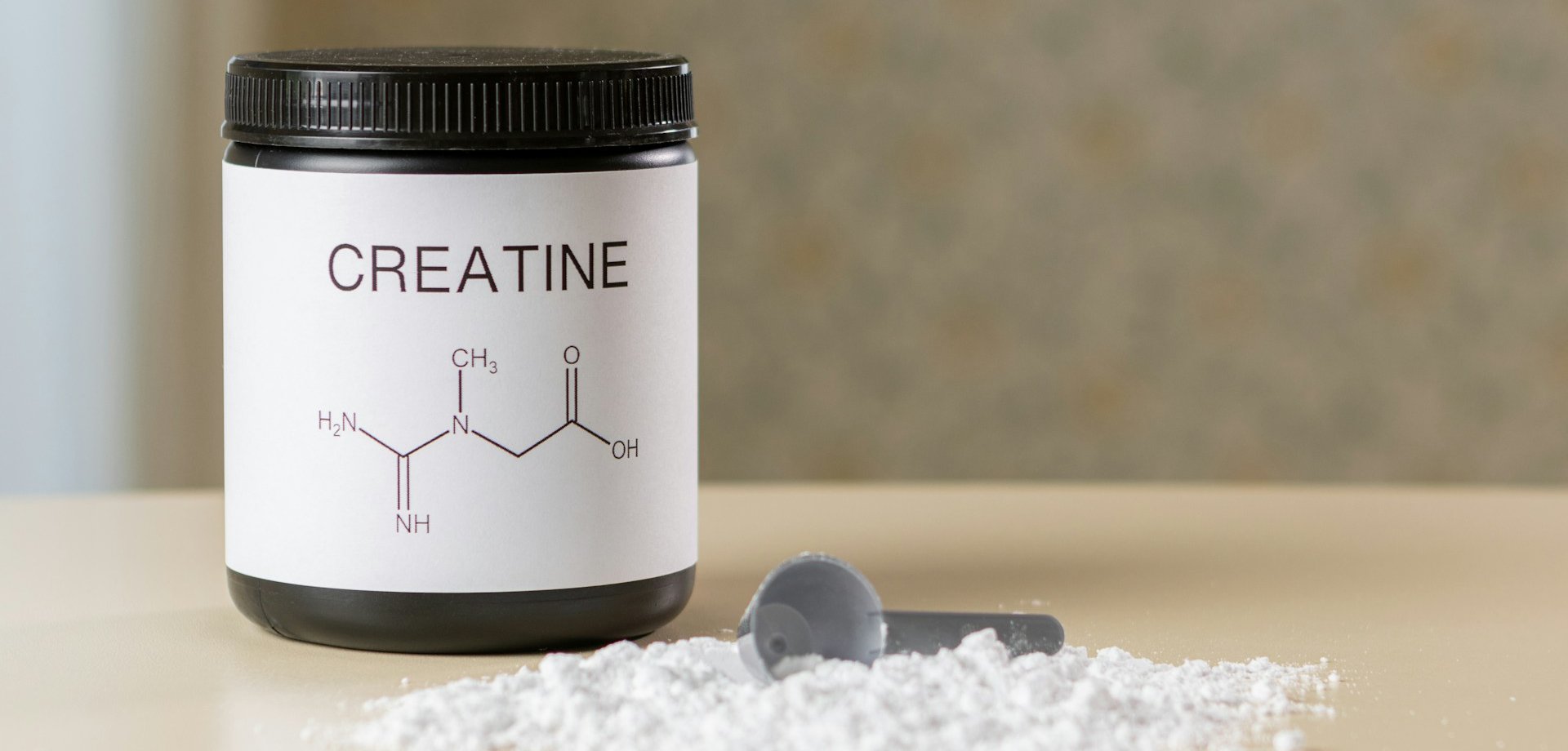
Creatine Effectiveness: What Does Science Say About Its Benefits?

Does meal timing help you lose fat?
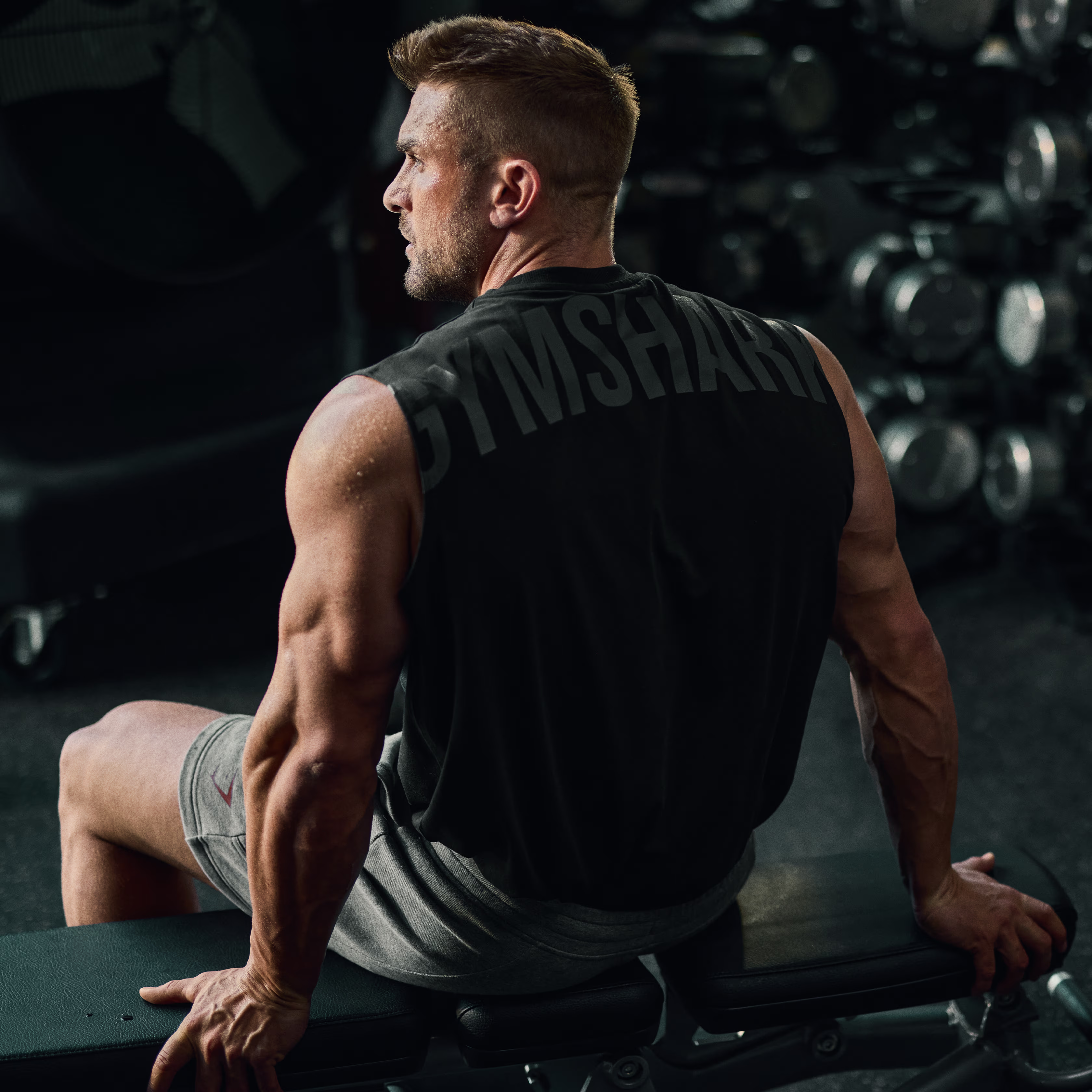
Is your triceps press building muscle or holding you back?
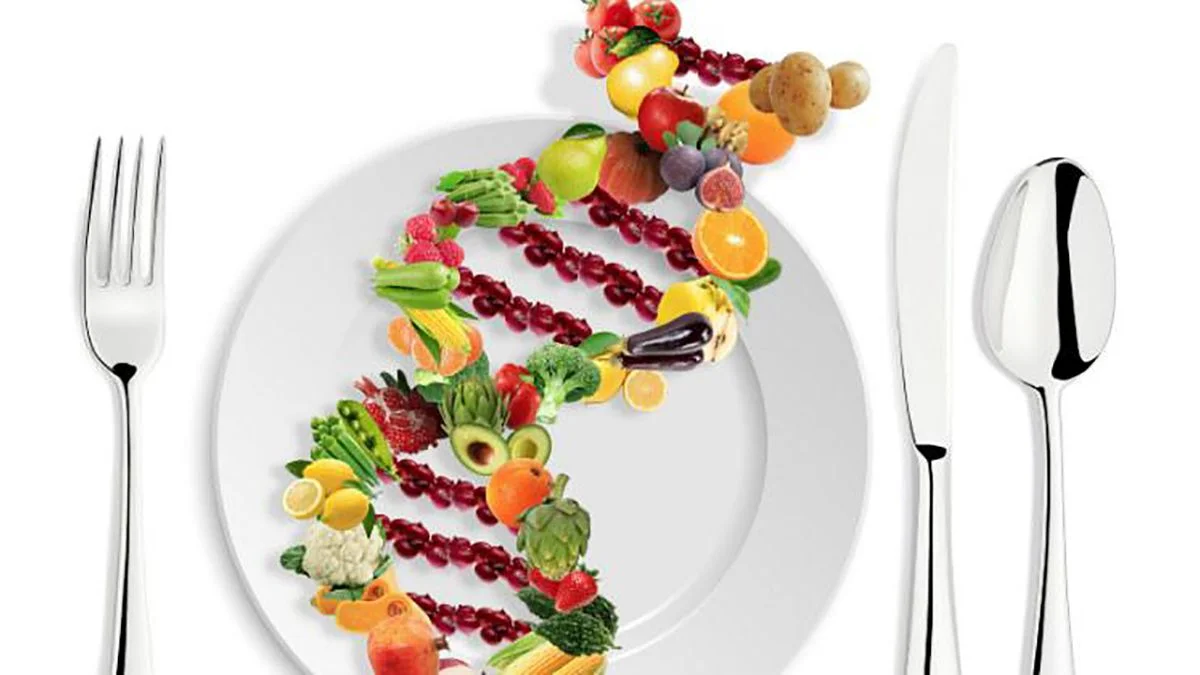
Nutrition tailored to you: based on your genetic profile.
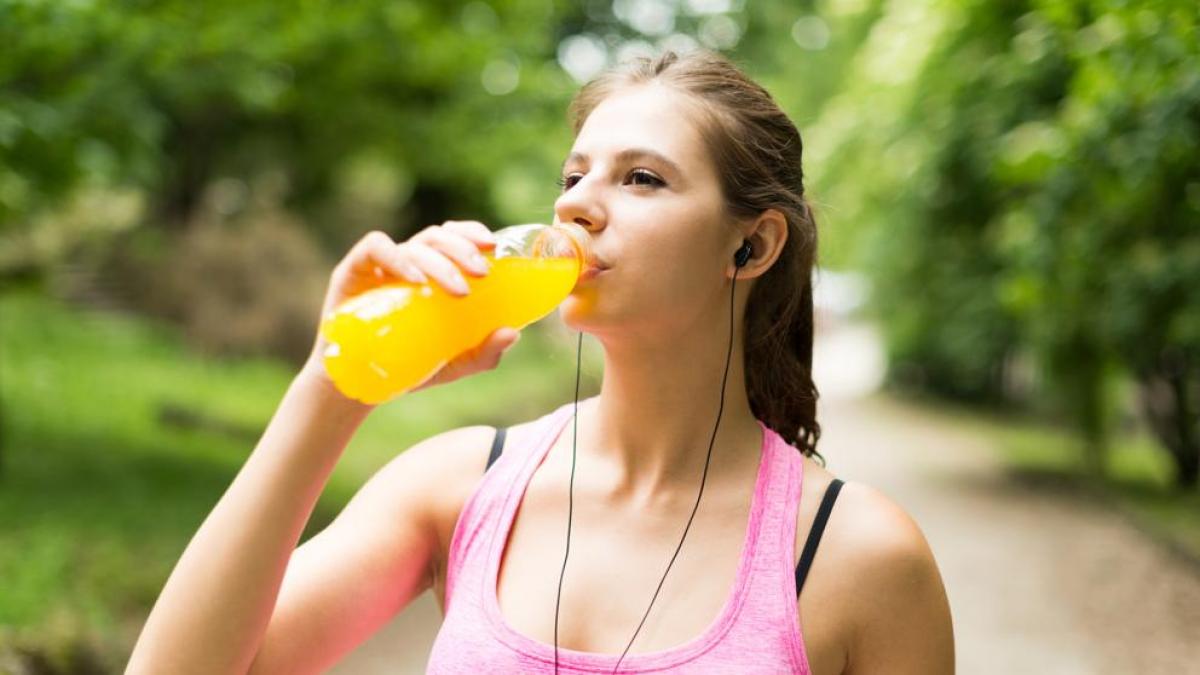
Carbohydrates: the key to an explosive workout.